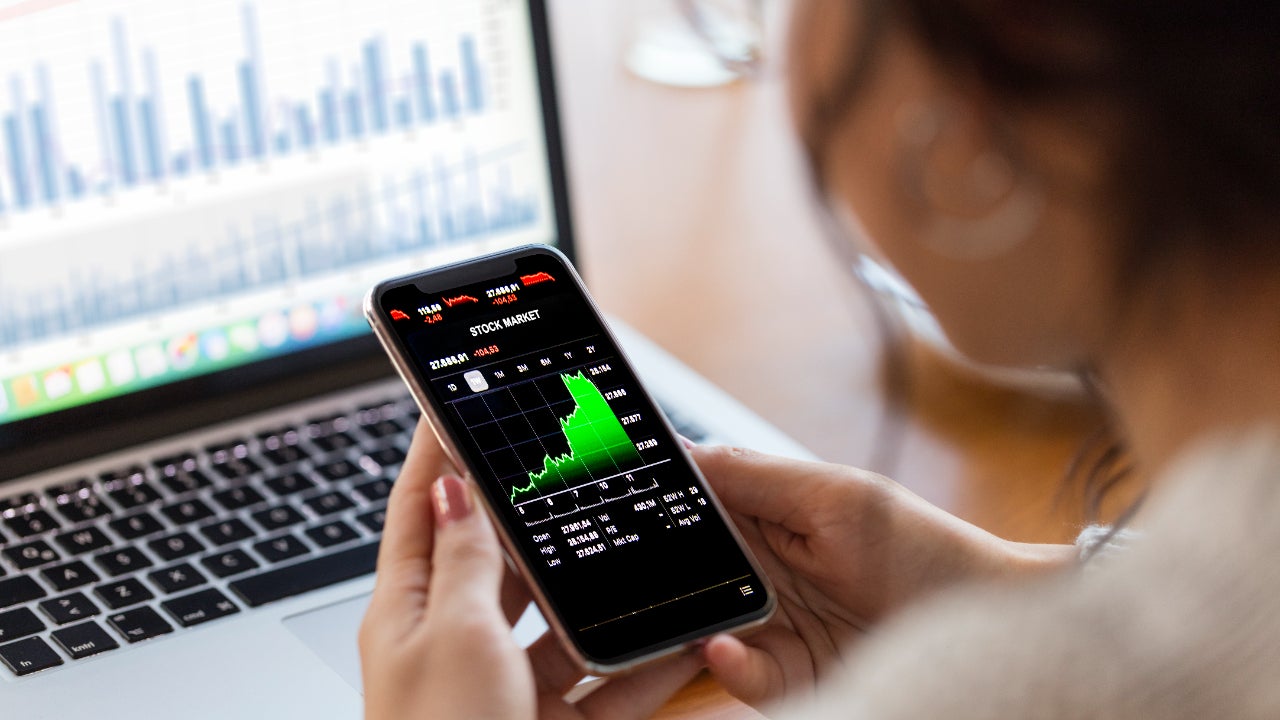
After-hours stock trading can be an excellent way to get into or out of the market, especially on widely followed stocks. With extended-hours trading — which includes trading in the morning before the market opens — you can place trades before most of the market is ready to act.
Here’s what after-hours stock trading is, how to do it and what to watch out for.
What is after-hours stock trading?
Extended-hours stock trading is just one more way that you can trade stocks online. Stocks on the New York Stock Exchange and the Nasdaq are available for trade in extended hours, but only the largest and most in-demand stocks regularly trade during these periods.
Not only can investors trade after the regular session, but they can also place trades for the pre-market before the market opens in the morning. So some brokers refer to trading outside the regular hours as “extended-hours trading” or similar to include both the extra morning and evening sessions.
Stock trading in the U.S. normally takes place during the hours of 9:30 a.m. to 4 p.m. Eastern time. Anything outside those times is considered extended hours and includes these periods:
- The pre-market trading session runs from 4 a.m. to 9:30 a.m. Eastern time.
- The after-hours trading session runs from 4 p.m. to 8 p.m. Eastern time.
Trading either before or after the normal session used to be reserved for wealthier investors, but nowadays many online brokers offer the service to any client.
Interactive Brokers, Charles Schwab and Fidelity Investments all allow extended-hours trading, though orders may not be valid during the entire extended-hours sessions. For example, some brokers begin marketing orders in the pre-market session starting at 7 a.m.
How to make after-hours stock trades
Making an after-hours stock trade is easy to do, nearly as simple as a trade during regular hours, though there are certain other risks (see below). Here’s how to do it:
1. Determine what you want to trade
Just as you would for a regular trade, you’ll need to input the stock’s ticker symbol and the number of shares you want to buy.
2. Set the trade conditions and time period
When you input the order, your broker may allow you to set the time period, allowing you to trade in the extended-hours sessions. For a broker allowing extended-hours trades, you can specify when the trade may be executed:
- In regular hours. This setting will ensure that the trade only executes during the regular session, when the market is most liquid.
- In regular hours and extended hours. This setting directs the broker to execute the trade whenever the market is open.
- Only in extended hours. Some brokers allow you to set the trade to execute only in the extended hours or only one of the extended sessions (morning or evening).
Given the lower liquidity in extended-hours markets, it makes sense to set trades as limit trades, where you specify the trade price, in order to avoid a wild execution price that is well above or below the recent stock price. Some brokers only allow limit orders in extended trading.
3. Place the trade
Once you’ve set the conditions on your trade, you’re ready to place the trade.
But don’t be surprised if nothing happens for a while, or ever. With fewer investors participating in the extended session and the lack of market makers to ensure liquid markets, you’ll have to find an investor who’s willing to transact at your price. That may not happen, even at any price.
What are the risks of after-hours stock trading?
After-hours trading presents some risks for investors looking to take advantage of it:
- Illiquid market. The extended-hours market is much less liquid than the normal market, meaning you may not be able to sell at a price you want. Market makers won’t ensure a liquid, orderly market, and fewer investors show up. Only a few shares may trade, even on the big, otherwise-liquid stocks. Or if you do trade, you may end up selling at a much lower price or buying at a much higher price than you’d want.
- Inability to execute a trade. You might be able to enter an order, but that doesn’t mean your trade will fill. In fact, you might not get a fill at any price if there’s no one ready to transact.
- Potential to misjudge market sentiment. After-hours trading can be useful for getting into or out of a stock after some news, such as an earnings report. But be careful, the market’s lack of liquidity may suggest a stock will continue to sell off in normal hours when, in fact, it’s primed to go up instead. So you may end up selling on what looks like a bad report, but it turns out to be a head fake after-hours, leaving you in the dust.
Those are some of the biggest issues with after-hours trading, but essentially they all boil down to the lack of liquidity in most extended-hours markets.
Bottom line
After-hours stock trading allows you to place trades outside normal market hours, but that doesn’t mean you should place trades then. In many cases, the market is too thin and illiquid, and you run the risk of getting a less-than-ideal price when you could otherwise trade hours later and get the going rate in a robust market.
Learn more:
"Trading" - Google News
August 25, 2021 at 02:48AM
https://ift.tt/3jf3xud
After-hours stock trading: How to trade after the market closes - Bankrate.com
"Trading" - Google News
https://ift.tt/2tBJjTS
https://ift.tt/3djUFhc
Bagikan Berita Ini

















0 Response to "After-hours stock trading: How to trade after the market closes - Bankrate.com"
Post a Comment